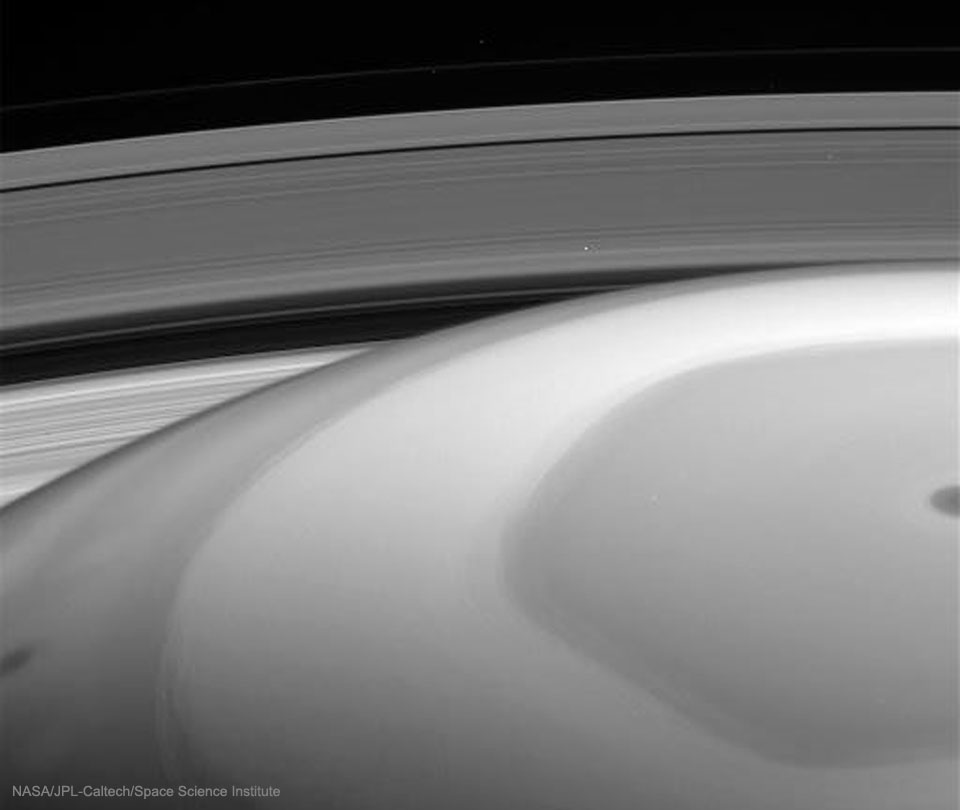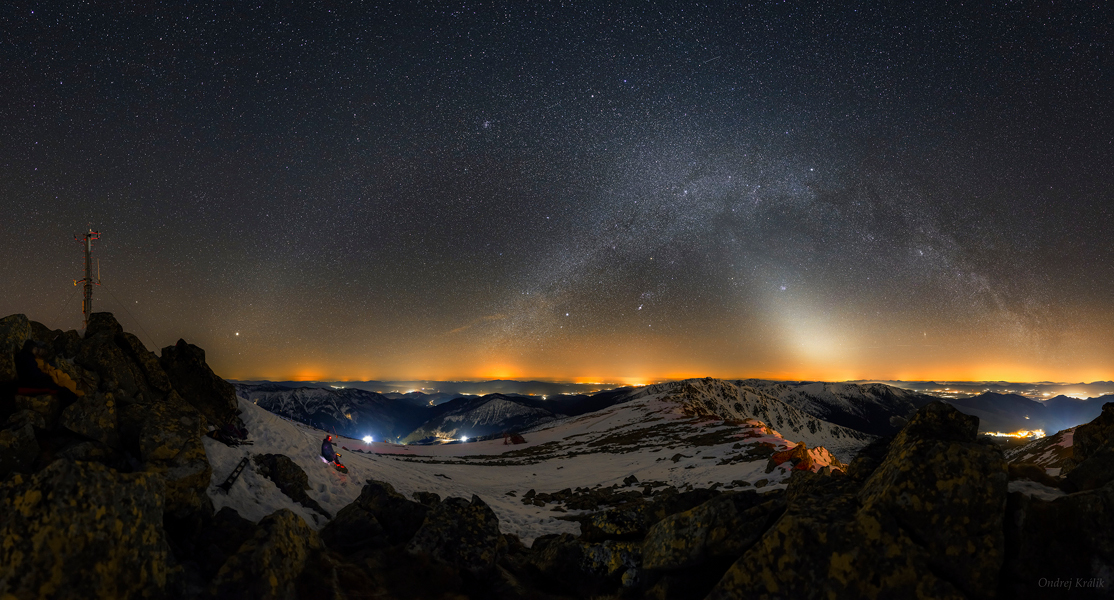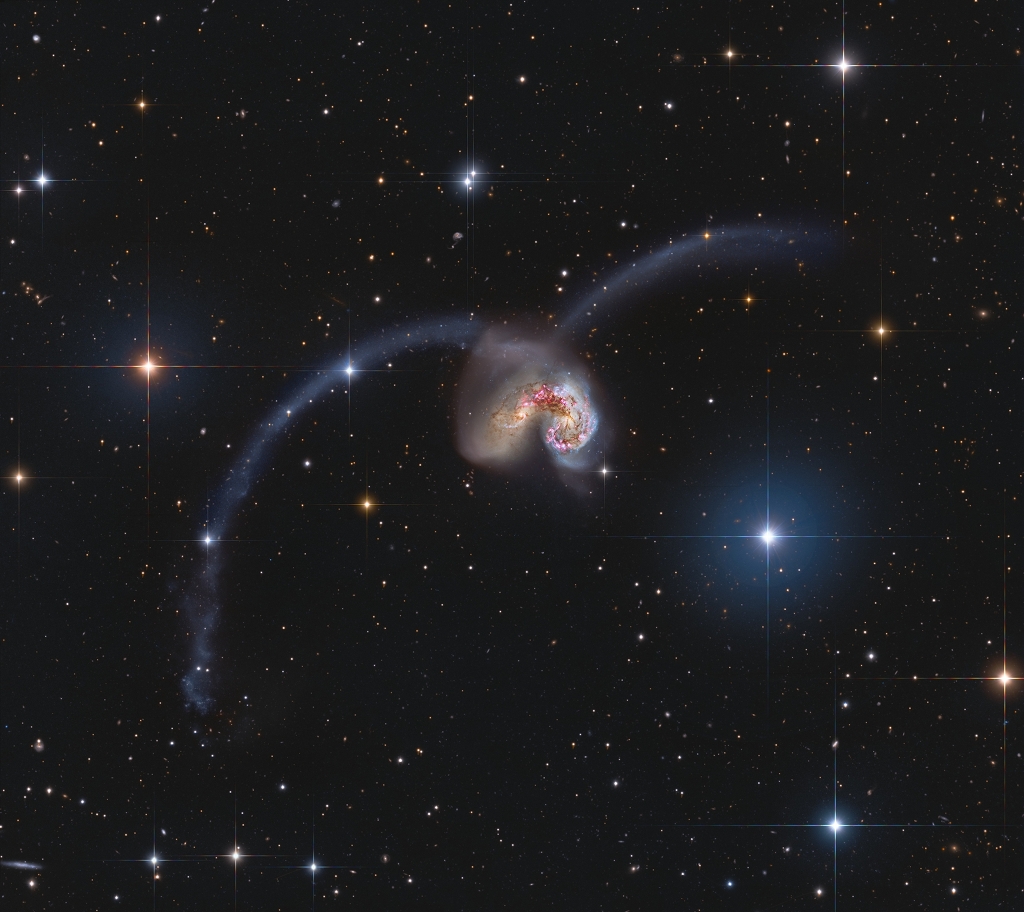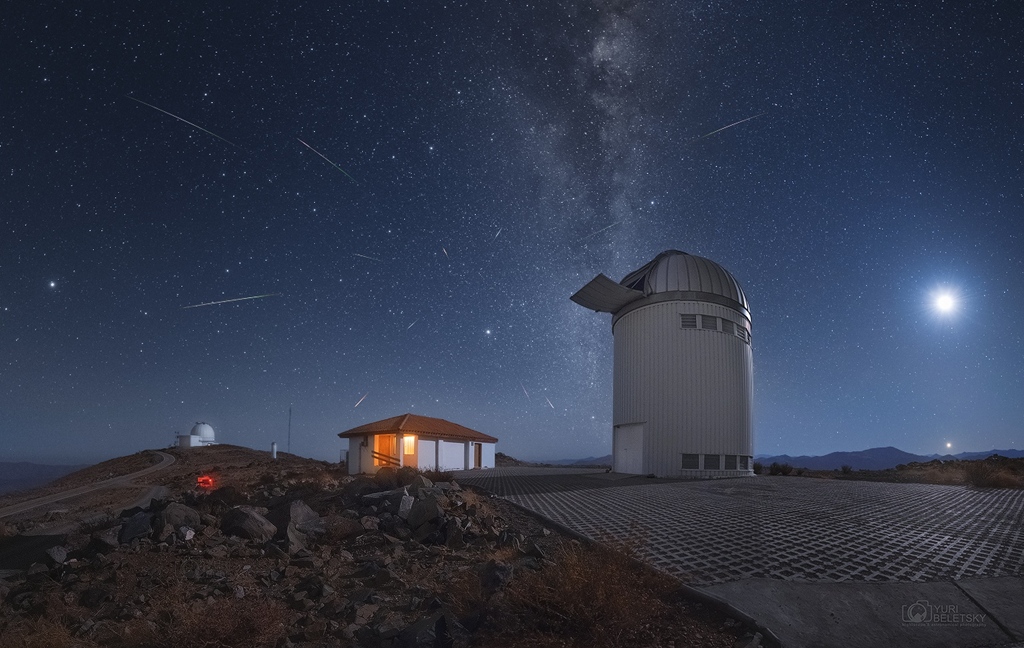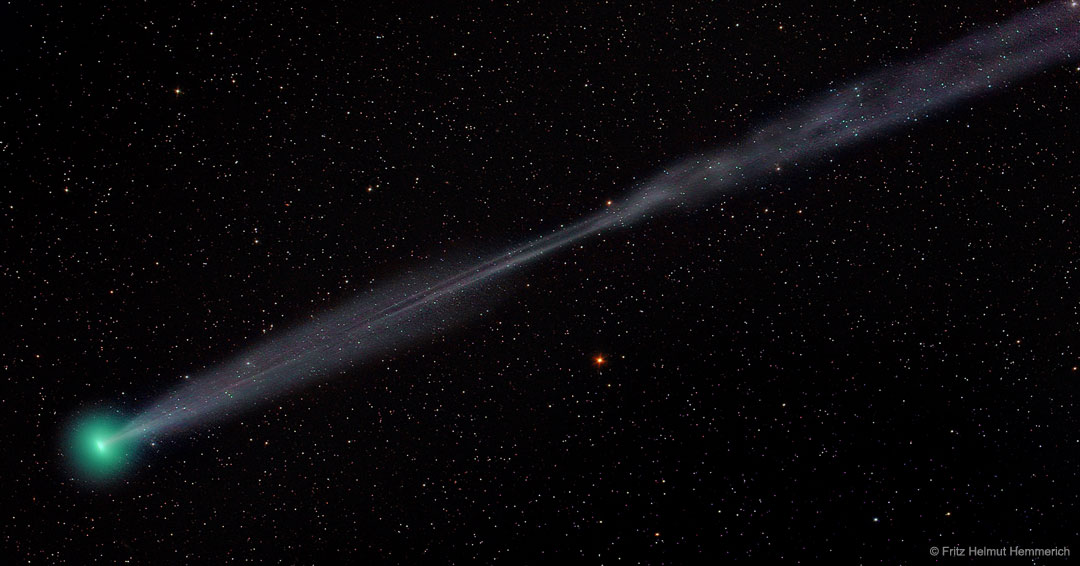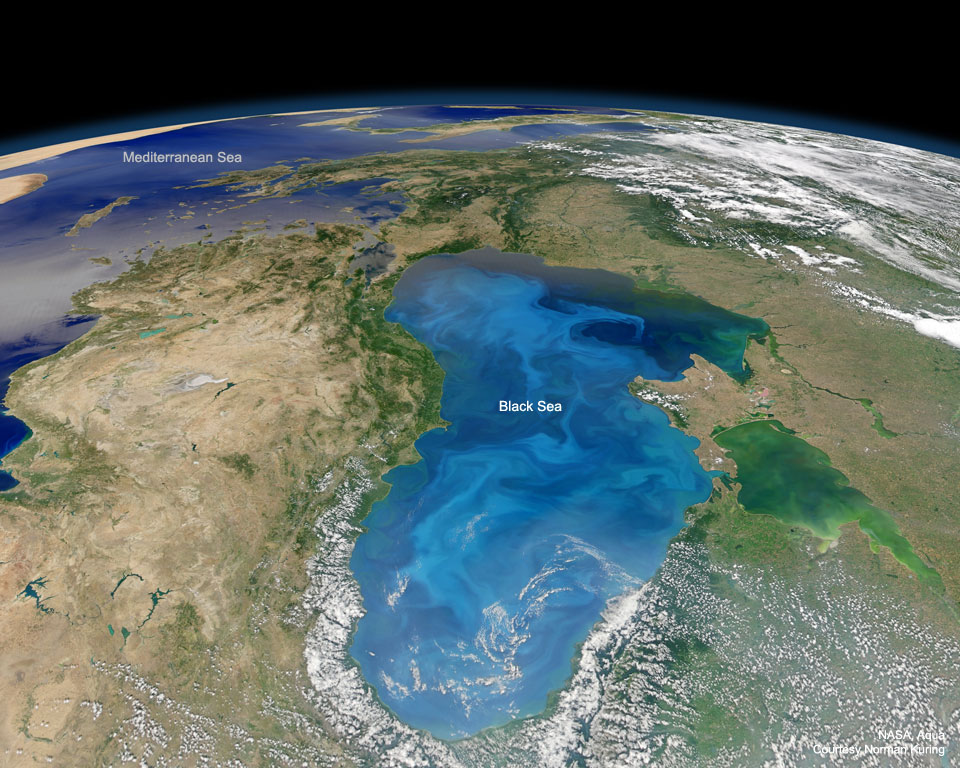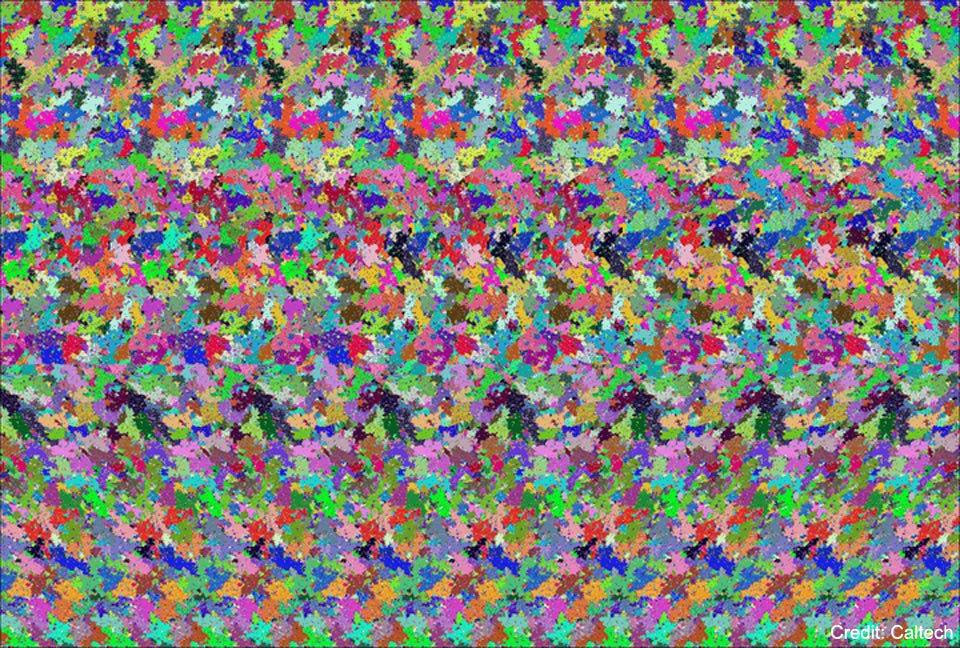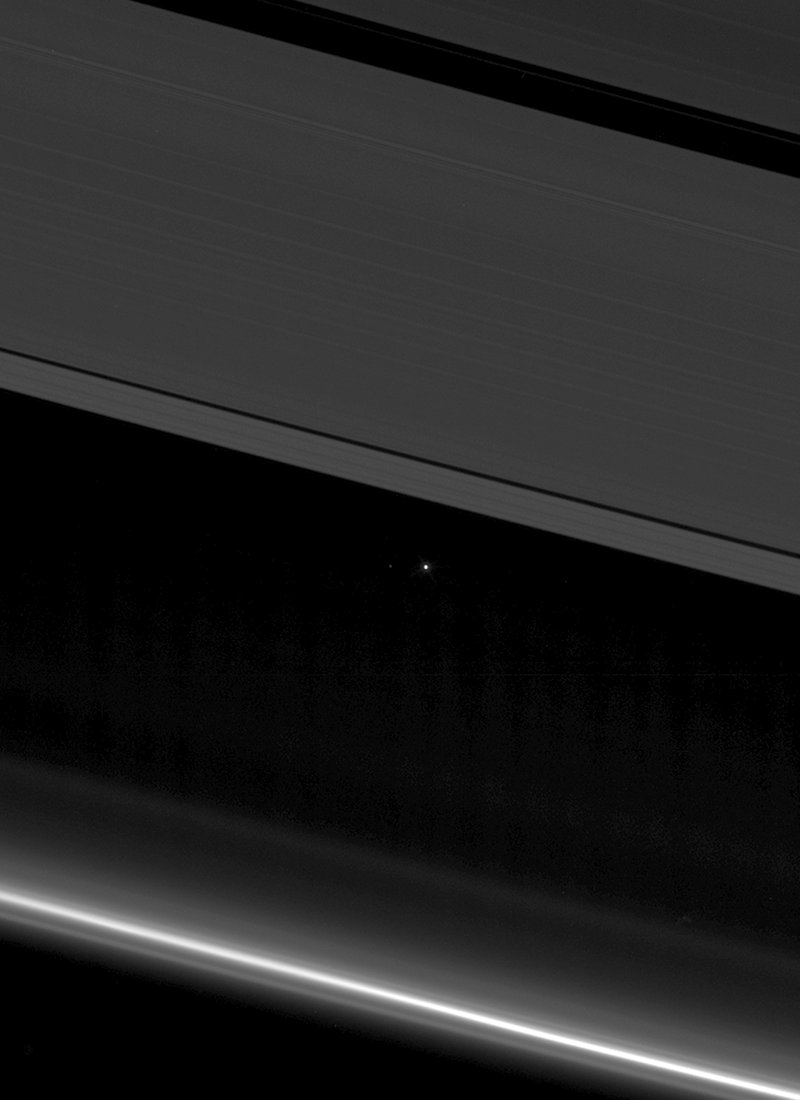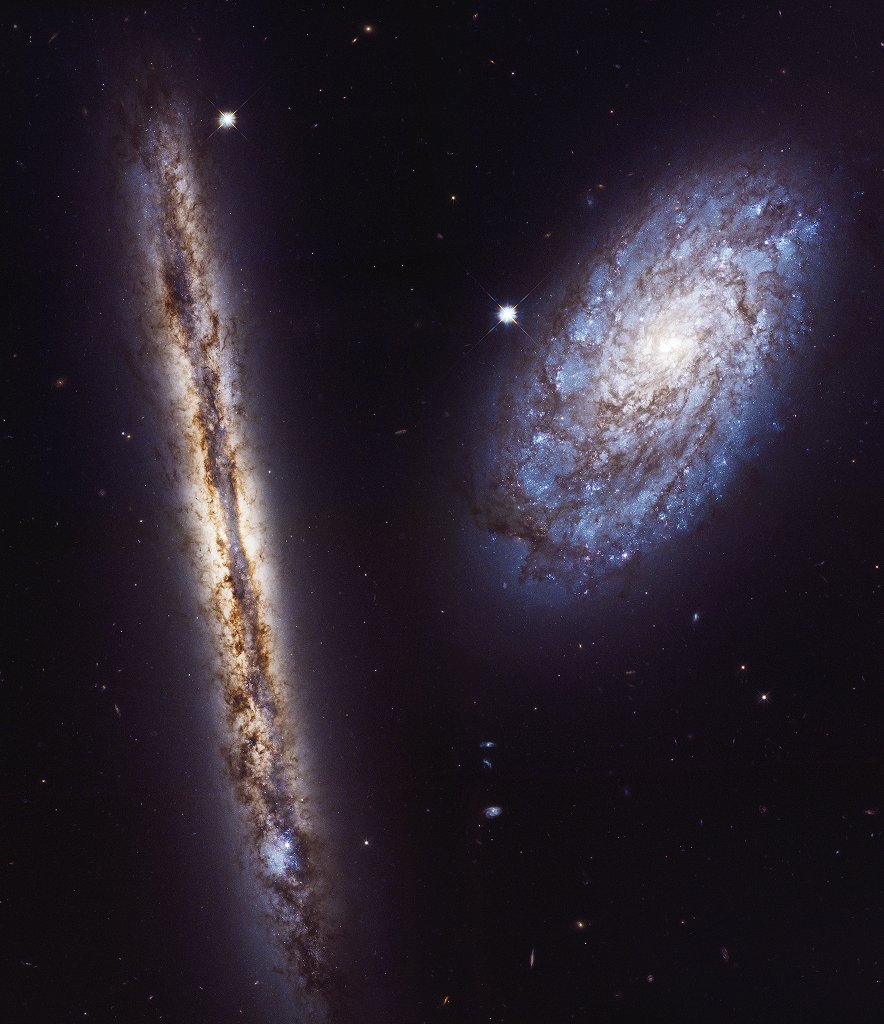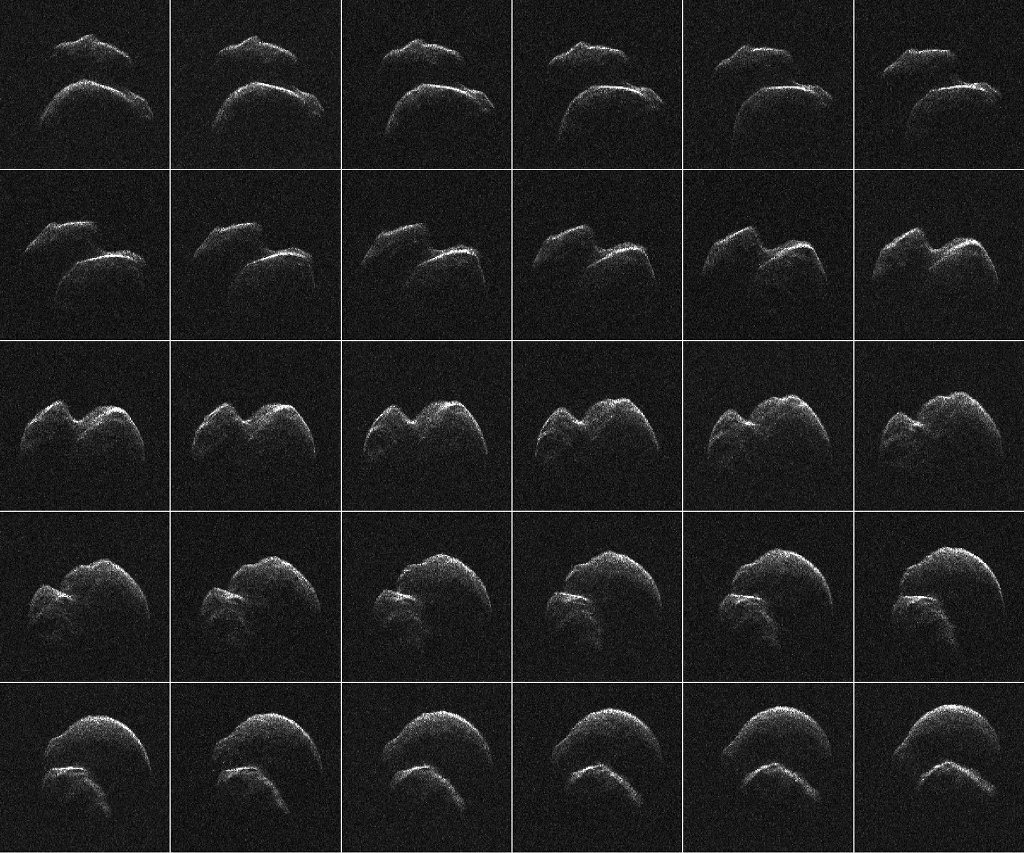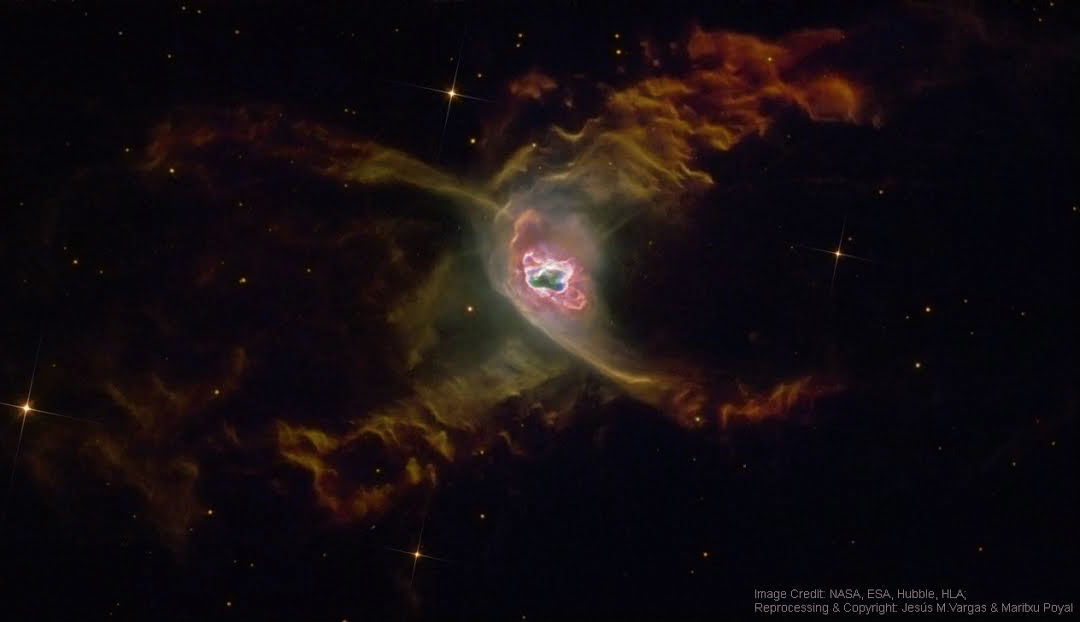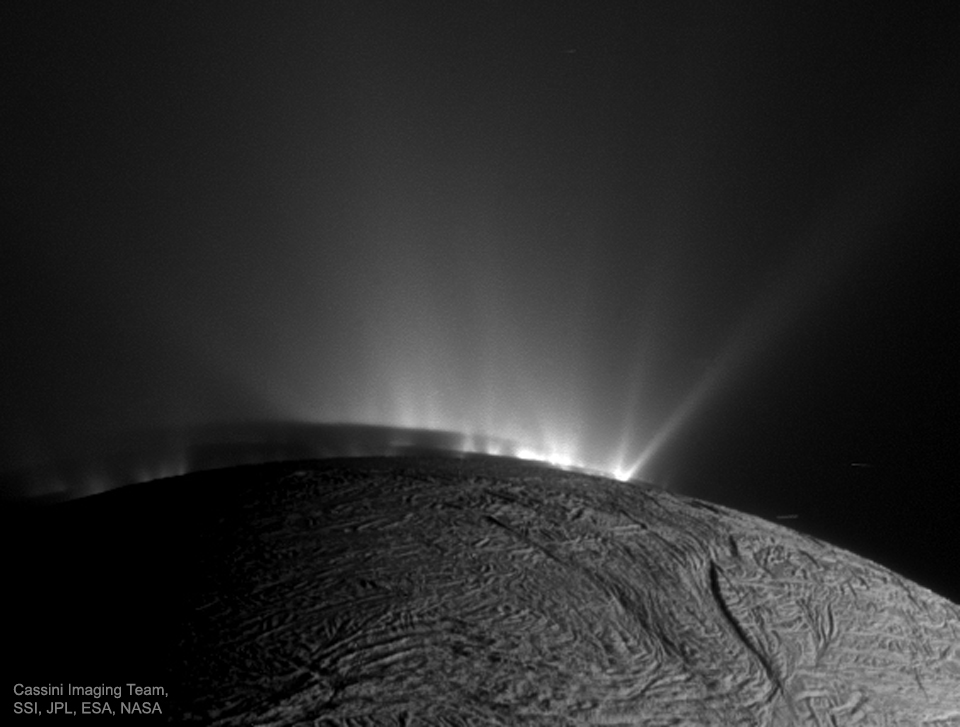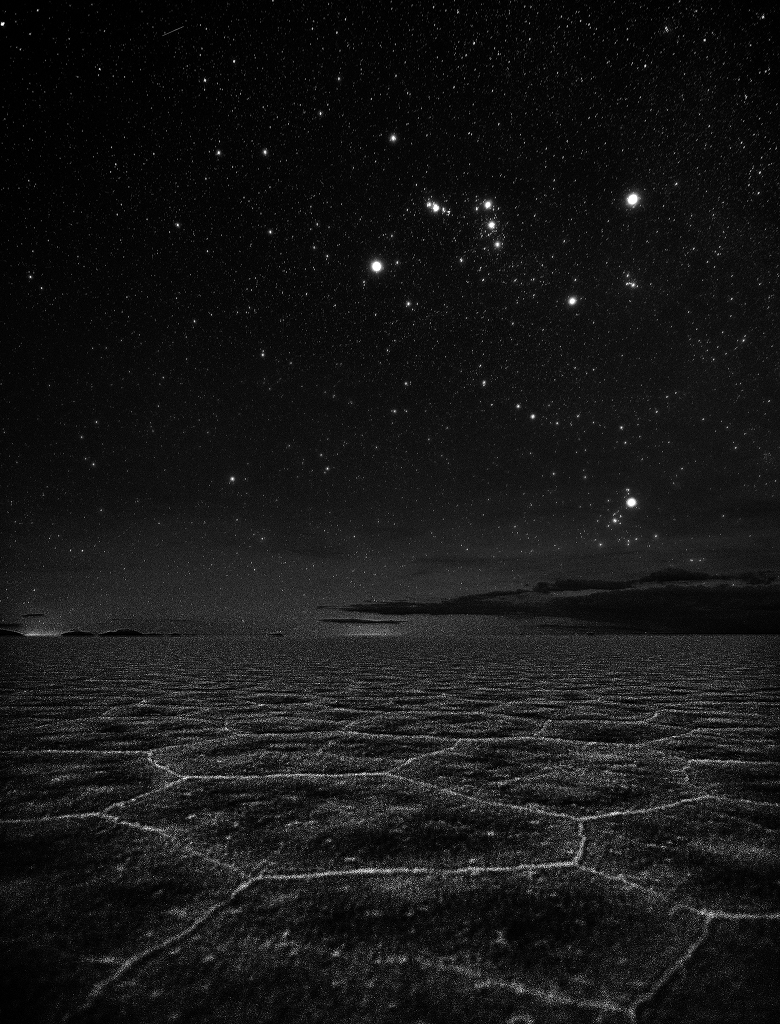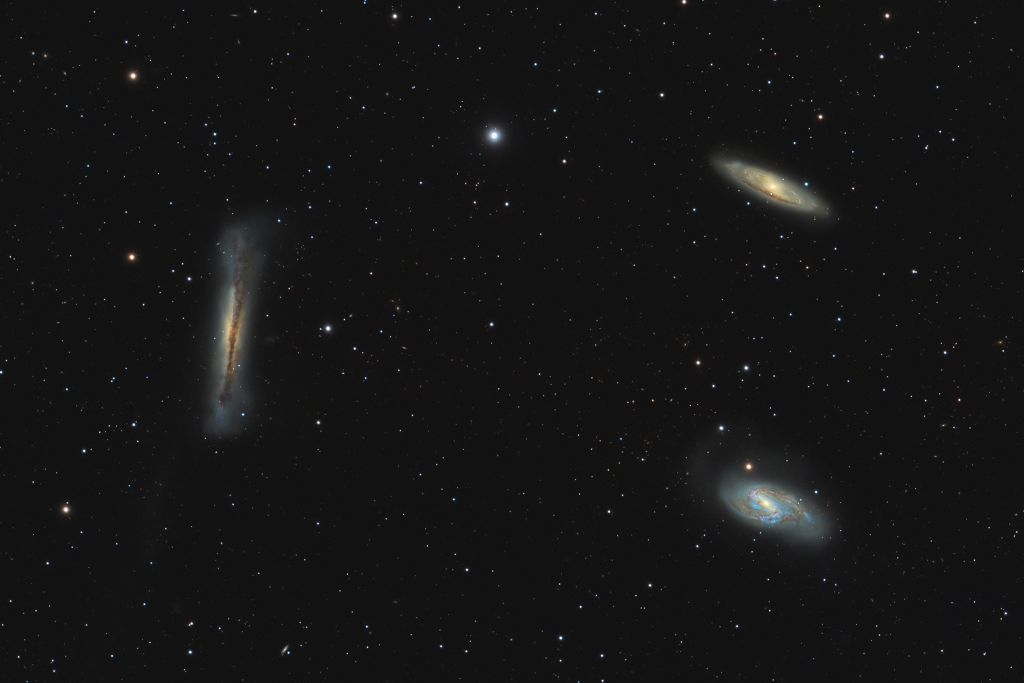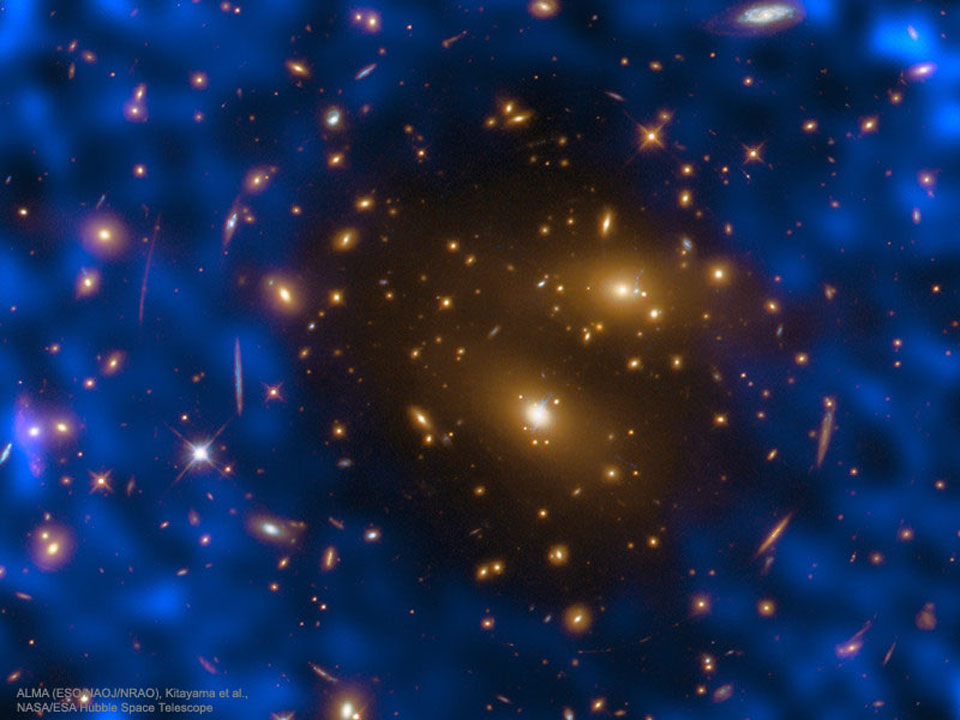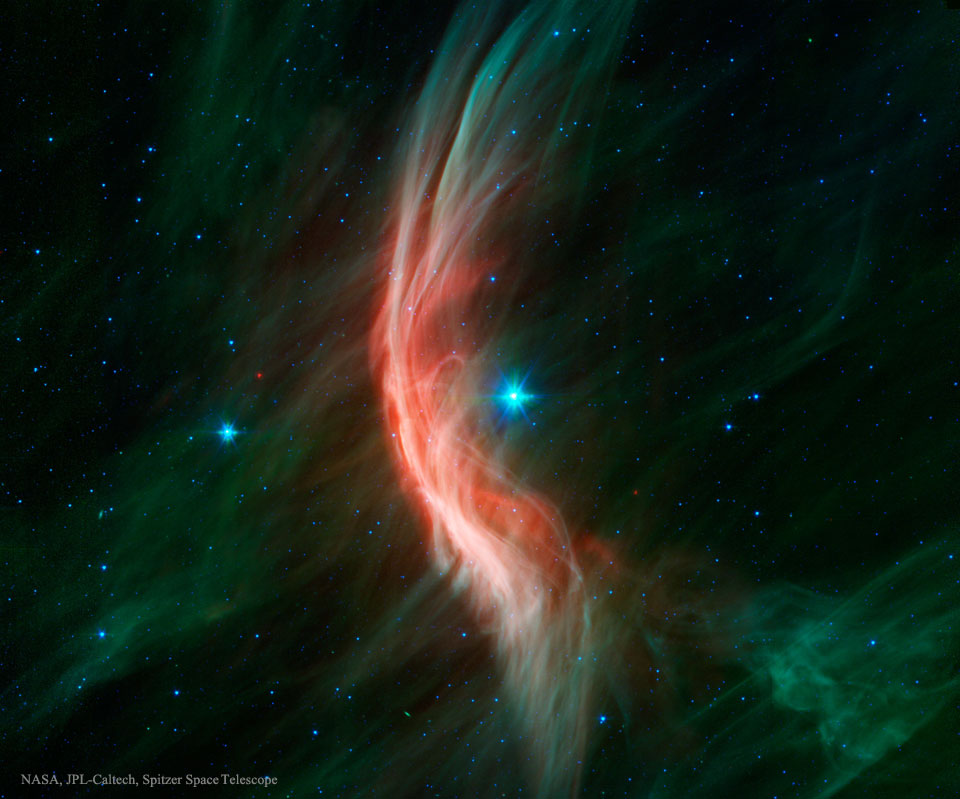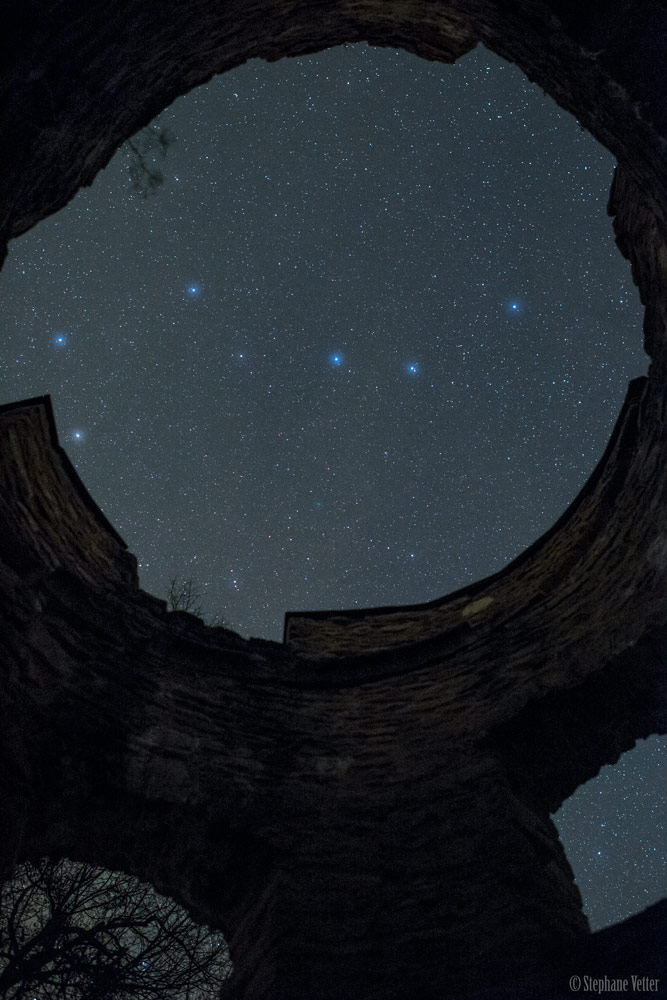O sueco Lindelof anulou hoje um erro madrugador de Ederson e anotou o tento que permitiu ao Benfica sair de Alvalade com a liderança segura (1-1), em jogo da 30.ª jornada da I Liga portuguesa de futebol.
No dérbi 300 da história centenária dos dois rivais lisboetas, o guardião benfiquista, tantas vezes ‘herói' para as cores encarnadas, cometeu um deslize que originou a grande penalidade convertida por Adrien, logo aos cinco minutos.
No entanto, aos 66 minutos, o internacional sueco apareceu em zonas pouco habituais e empatou o encontro, na marcação de um livre direto, que se revelou crucial para as ‘contas' dos tricampeões.
Desta forma, o Benfica, que vai fechar a época sem conhecer o sabor da derrota ante os outros dois ‘grandes', segurou a liderança e aumentou provisoriamente para quatro pontos a vantagem sobre o FC Porto, que no domingo recebe o Feirense.
Sem poder contar com o castigado Zeegelaar,
Jorge Jesus chamou Jefferson ao lado esquerdo da defesa, tendo igualmente promovido o regresso de Paulo Oliveira ao centro do setor mais recuado, em detrimento de Rúben Semedo.
Já os ‘encarnados' apresentaram-se sem Jonas, que não recuperou dos problemas físicos que o afetaram durante a semana, obrigando
Rui Vitória a desviar Rafa para o apoio a Mitroglou e lançando o argentino Cervi na ala canhota do ataque.
A demonstração de que os verdadeiros protagonistas num jogo de futebol são os jogadores ficou bem patente no relvado de Alvalade, no qual não houve as interferências exteriores que tantas vezes transformam o ‘desporto rei' numa ‘guerra' injustificada.
Nos instantes iniciais, Ederson emergiu, de facto, como protagonista, mas pelas piores razões, cedendo à pressão de Bas Dost, que lhe roubou a bola e conquistou uma grande penalidade, convertida por Adrien, ao contrário do que vinha sucedendo nos últimos jogos, nos quais o avançado holandês foi o escolhido, procurando ganhar ‘pontos' na luta pela ‘Bota de Ouro'.
A resposta ao tento do ‘capitão' sportinguista surgiu pelos pés de Salvio, num remate inofensivo para Rui Patrício, que acabou por ser um dos raros momentos de emoção numa primeira parte que se foi desenrolando com muitas perdas de bola de parte a parte e muitas faltas (21 na metade inicial), e, por conseguinte, com inúmeras quebras no ritmo.
Apesar da desvantagem, o Benfica procurou tomar conta das ‘operações' e acercar-se da baliza ‘leonina', ainda que sem infligir qualquer golpe a um adversário que se revelava pouco incisivo na criação e que deixava a dupla Alan Ruiz e Bas Dost alheada do jogo.
De resto, seria já perto do intervalo que os ‘encarnados' conseguiram ‘assustar' verdadeiramente Rui Patrício, o qual foi obrigado a aplicar-se num livre apontado por Grimaldo.
Contudo, no arranque da etapa complementar, os ‘verde e brancos' só não dilataram a vantagem porque Bas Dost estava em dia de pouco acerto e não deu o melhor seguimento a dois lances prometedores.
Primeiro, o ‘artilheiro' do campeonato cabeceou por cima, na sequência de um cruzamento de Adrien, e, depois, desaproveitou uma rápida transição conduzida por Gelson Martins, que lhe ofereceu um tento quase feito.
Ainda assim, as ofensivas dos ‘leões', alicerçadas em vários passes falhados, cingiram-se a esta dupla falha de Bas Dost, o que certamente terá dado alento aos tricampeões nacionais, que sentiam ser possível sair de Alvalade com algo mais que uma derrota.
À passagem da hora de jogo, Mitroglou assustou Rui Patrício, que deteve o remate do grego, só que, pouco depois, o guardião internacional português foi impotente para travar um livre superiormente executado por Lindelof, que anotou o seu primeiro golo esta época e mostrou dotes até agora desconhecidos, dada a precisão do remate.
Sem conseguir acercar-se com verdadeiro perigo da área benfiquista, exceção feita a algumas iniciativas de Gelson Martins, o Sporting ia igualmente permitindo inúmeras transições ao adversário, que só não tiveram consequências de maior porque as ‘águias' pareceram satisfeitas com um dos resultados que servia os seus interesses.
De resto, a 10 minutos do final,
Rui Vitória tirou Mitroglou, deixou Raúl Jiménez sozinho na frente e juntou Filipe Augusto a Fejsa no centro, procurando ‘estancar' possíveis focos de perigo criados por Podence e Bryan Ruiz.
Além de ‘trancar' a zona nevrálgica do terreno, o técnico segurou a igualdade e não permitiu mais veleidades ao Sporting, que revelou pouca arte e engenho para ferir o rival e, quiçá, ajudar a afastá-lo do título.
Futebol 365 - Portugal
